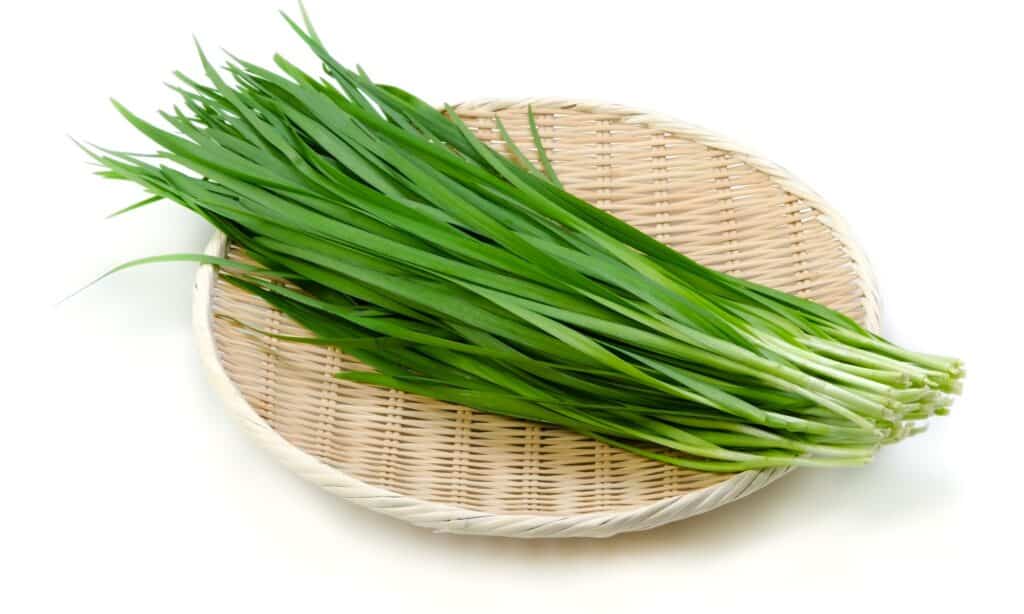There are roughly 850 species in the Allium genus, and among them are chives and shallots. Allium species have many benefits. They produce attractive flowers used as ornamental plants. Other edible varieties are added to dishes for their strong flavor and aroma. In fact, onion, which is an Allium species, is a major ingredient in thousands of recipes from all over the world. It has great nutritional value, such as vitamin C, fiber, and folic acid. It is also high in protein, calcium, and magnesium but low in sodium and fat. Onion is a good antioxidant to fight aging and cell damage from radiation.
Studies confirm that Allium species have medical properties. They have antibiotic properties and can lower blood sugar and cholesterol levels. Unfortunately, while Allium products benefit humans, some are poisonous to some animals. So if you’re wondering whether onions are edible to your dog or cat, the answer is no, onions are toxic to your dogs.
While shallots are parts of an onion (Allium cepa) cultivar group, chives are a different species in the Allium genus. Here are the key distinctions that can help tell the two apart.
Comparing Chives vs. Shallots

| Chives | Shallots | |
|---|---|---|
| Classification | Kingdom: Plantae Clade: Tracheophytes Clade: Angiosperms Clade: Monocots Order: Asparagales Family: Amaryllidaceae Subfamily: Allioideae Genus: Allium Species: Allium schoenoprasum | Kingdom: Plantae Clade: Tracheophytes Clade: Angiosperms Clade: Monocots Order: Asparagales Family: Amaryllidaceae Subfamily: AllioideaeGenus: Allium Species: Allium Cepa Cultivar group: Aggregatum Group |
| Plant Type | Perennial, Herb, Monocot, Clustering Bulb | Perennial but grown as an annual, Herb, Monocot, Clustering Bulb |
| Characteristics | – Produces pale purple flowers with six star-shaped petals. – Immature flowers are formed in a dense cluster of 10 to 30 before blooming | A variety smaller than the onion (Allium cepa). It also tastes like onion, but its flavor is lighter |
| Uses | Aside from being an ornamental plant, its attractive flowers and leaves are edible and can be used as a flavor to eggs, soups, salad, butter, cheese, or dips | – Commonly used as an ornamental plant and for culinary purposes. – It can be cultivated or partially tended. – It can be pickled, deep fried until crunchy, and can be used as a condiment |
| Special Features | The English term ‘chive’ was derived from the French word cive, which is from the Latin word cepa, meaning onion | The scientific name of shallot used to be Allium ascalonicum because it used to be classified as a different species, but now it is more recognized as a cultivar of onion |
The Key Differences Between Chives vs. Shallots
Chives and shallots are related because they are both from the same genus. They are flowering herbs commonly found in many kitchen and home gardens worldwide! Let’s look into the key differences between chives and shallots.
Chives vs. Shallots: Classification

, also called common chives or wild chives, is a cultivated variety from Europe and Asia.
©iStock.com/eye-blink
Allium is a genus of monocotyledonous flowering plants. The word Allium comes from the Greek word for “to avoid,” which points to the Allium species’ strong smell, similar to onion or garlic.
The English term ‘chive’ comes from the French word cive, which comes from the Latin word cepa, which means onion. Technically, chives are related to onions because they belong to the Allium genus, but they are separate species. Chives, scientifically called Allium schoenoprasum, are aromatic flowering herbs that grow in clumping bulbs.
Allium schoenoprasum, also called common chives or wild chives, is a cultivated variety from Europe and Asia. This perennial flowering herb can grow up to 12 to 18 inches. It has round leaves with a hollow center that originates from the plant’s crown. Cutting its leaves will encourage new growth. It produces 10 to 30 pale lavender flowers that are formed and tightly packed into a ball-like structure. The flowers attract pollinators such as bees and butterflies. However, the plant’s smell repels deer.
Shallots, scientifically named Allium cepa var. aggregatum, are part of a cultivar group (Aggregatum) of onion. There can be a lot of confusion about the taxonomic rank of shallot because it was previously recognized as a separate species called Allium ascalonicum. Still, experts believe its distinction with the onion (Allium cepa) is too minor to be considered an entirely different species. Allium ascalonicum was commonly called English shallot, potato onion, or ‘echalote’ in French. Shallot is now classified as a cultivar of onion. Therefore, its updated scientific name is Allium cepa var. aggregatum. Shallot and potato onion (also called multiplier onion or pregnant onion) bear the same scientific name because they both belong to the Allium cepa Aggregatum-Group but are different. Potato onions are bigger and have fewer bulbs with a stronger flavor, while shallots have a milder flavor. Potato onions are also more ideal for storage compared to shallots.
Chives vs. Shallots: Plant Type

Shallots are perennial plants, but they are cultivated annually.
©iStock.com/A_M_Radul
Chives are perennial herbs, which means they can survive more than two years. According to sources, the upper part of perennial plants die during winter and grows back during spring. Shallots, on the other hand, are perennial plants, but they are cultivated annually. Annual plants have a two-year life cycle. Other biennial plants include parsley, carrots, and silverbeet.
Other perennial plants grow with only a little to almost no amount of maintenance required. Check out the ‘7 Best Perennial Flowers’ now!
Up Next:
- Wild Onion vs. Wild Garlic: What’s the Difference?
- Are Onions Poisonous To Dogs Or Cats?
- Garlic Chives vs. Chives: What’s the Difference?
The photo featured at the top of this post is © iStock.com/Svetlana Monyakova
Sources
- , Available here: https://doi.org/10.1533/9781845690632.9.349
- , Available here: https://www.cabi.org/isc/datasheet/4238
- , Available here: https://plants.ces.ncsu.edu/plants/allium-schoenoprasum/
- , Available here: https://hort.extension.wisc.edu/articles/chives-allium-schoenoprasum
Thank you for reading! Have some feedback for us? Contact the AZ Animals editorial team.







